Your Reliable Partner in Game Console Supply
Competitive Prices · Flexible Terms · Long-Term Growth

Are Your Game Consoles Really Green? Uncovering the Hidden Carbon Emissions
Gaming is fun, but have you thought about its effect on our planet? Every console has a hidden environmental cost that most players never see.
Game consoles impact the environment through energy-heavy production, rare metal mining, and global shipping. A single PS5 creates about 0.027 tons of CO2 during production - equal to driving a car for 100 miles.
We love gaming, but we can't ignore its environmental price. Let's look closer at how our hobby affects the planet we play on.
Are gaming consoles bad for the environment?
Most gamers never think about what goes into making their consoles. The truth might surprise you.
Yes, gaming consoles harm the environment through chip production that uses ultra-pure water (up to 5,000 gallons per console), heavy electricity use, and toxic chemicals. The problem starts long before you power on your system.
The environmental damage comes from three main areas:
- Chip production1
- Needs ultra-clean facilities running 24/7
- Uses special chemicals that can pollute water
- Consumes enough electricity to power small towns
- Metal mining2
- Gold for circuits causes forest destruction
- Rare earth metals for motors create toxic waste
- Mining harms local water supplies
- Global shipping
- Parts travel thousands of miles by plane and ship
- Final products ship worldwide to stores
- Every transport leg burns fossil fuels
Do game consoles have gold in them?
That shiny controller might contain real treasure. But getting that gold comes at a high environmental price.
Yes, game consoles contain small amounts of gold in their circuit boards (about 0.2 grams per console). Mining this gold destroys landscapes and pollutes rivers with mercury.
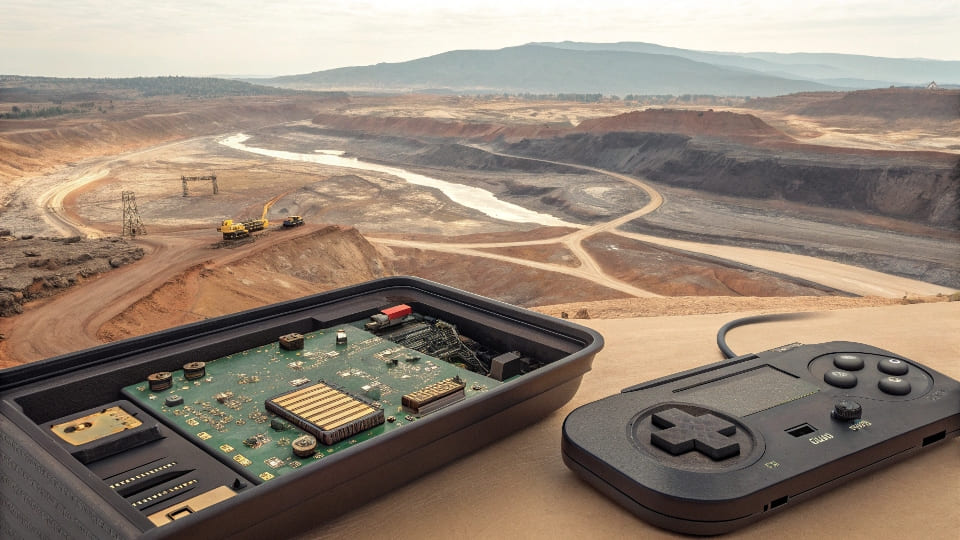
Here's why gold in consoles matters:
| Gold Use | Environmental Impact | Better Alternative |
|---|---|---|
| Circuit connectors | 20 tons of waste rock per ounce | Use copper-plated connectors |
| Chip contacts | Mercury pollution from mining | Recycled gold programs |
| USB ports | Illegal mining damages forests | Better recycling systems |
The games industry uses about 5% of all gold mined for electronics. While we can't remove gold completely, we can demand recycled sources and better mining practices.
How much CO2 does gaming produce?
Your gaming habit might produce more emissions than you think. Let's add up the numbers.
Total gaming CO2 equals about 24 million cars yearly. One console creates 300-500kg CO2 in production. Yearly gameplay adds another 100kg per user from electricity use.
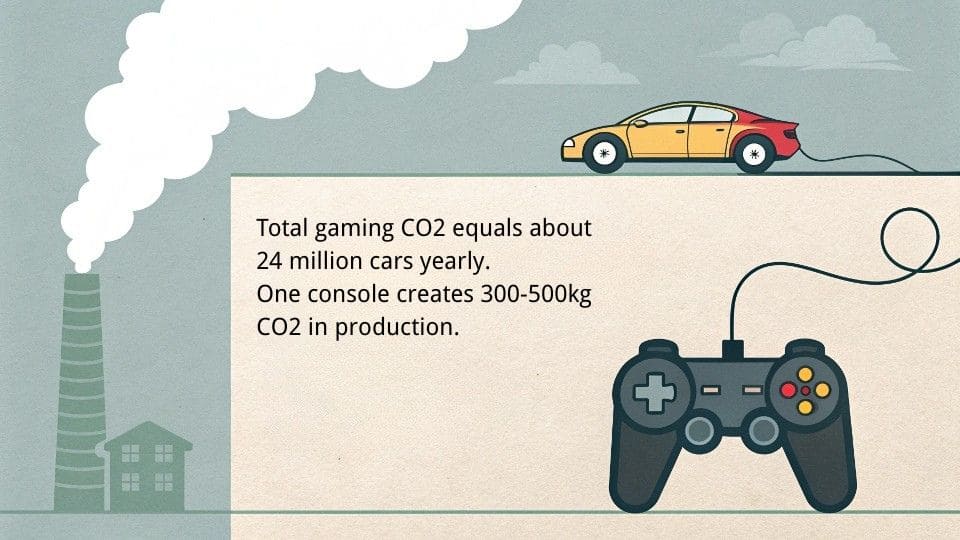
Breaking down the numbers:
- Production phase
- Chip fab plants: 50% of total emissions3
- Metal mining: 30%
- Plastic cases: 10%
- Shipping: 10%
- Use phase
- 4 hours daily gaming = 0.5kg CO2/day
- Cloud gaming doubles energy use
- VR systems use 3x more power
- End of life
- Only 20% of consoles get recycled4
- Many end in landfills leaking toxins
- Proper recycling could cut future mining
Do video games contribute to climate change?
Games don't just entertain - they're part of a larger environmental system we can't ignore.
Yes, the global games industry emits about 50 million tons of CO2 yearly - equal to Bulgaria's total emissions. If gaming were a country, it would rank in the top 60 polluters.
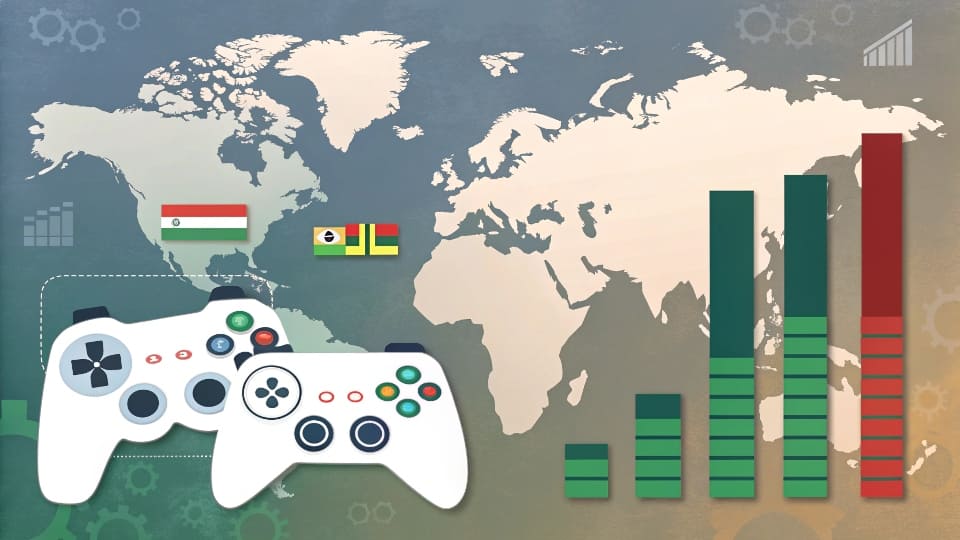
The climate impacts happen in three ways:
- Direct impacts
- Electricity for playing games
- Server farms for online play
- Manufacturing emissions
- Indirect impacts
- Encouraging more tech production
- Normalizing frequent upgrades
- Creating e-waste from old consoles5
- Solutions emerging
- Solar-powered game servers6
- Recyclable console designs
- Digital downloads cutting packaging
- Cloud gaming reducing hardware needs
Conclusion
Gaming has real environmental costs, but players and companies can make greener choices. Better systems exist - we just need to demand them.
-
Understanding the environmental impacts of chip production can help in making informed choices about technology. ↩
-
Exploring the effects of metal mining on the environment reveals critical insights into sustainability and conservation efforts. ↩
-
Understanding the emissions from chip fab plants is crucial for addressing climate change and improving sustainability in tech. ↩
-
Exploring console recycling can reveal how to reduce e-waste and promote a circular economy in the gaming industry. ↩
-
Understanding e-waste is crucial for responsible gaming. Explore this link to learn about its effects and how to mitigate them. ↩
-
Discover the innovative technology behind solar-powered game servers and their potential to reduce gaming's carbon footprint. ↩
You may also be interested in:

Games Consoles Wholesale Guide: How to Choose the Best Suppliers in 2025
The gaming industry is booming, and picking the right supplier can make or break your business. Don't fall for cheap traps. Quality matters more in
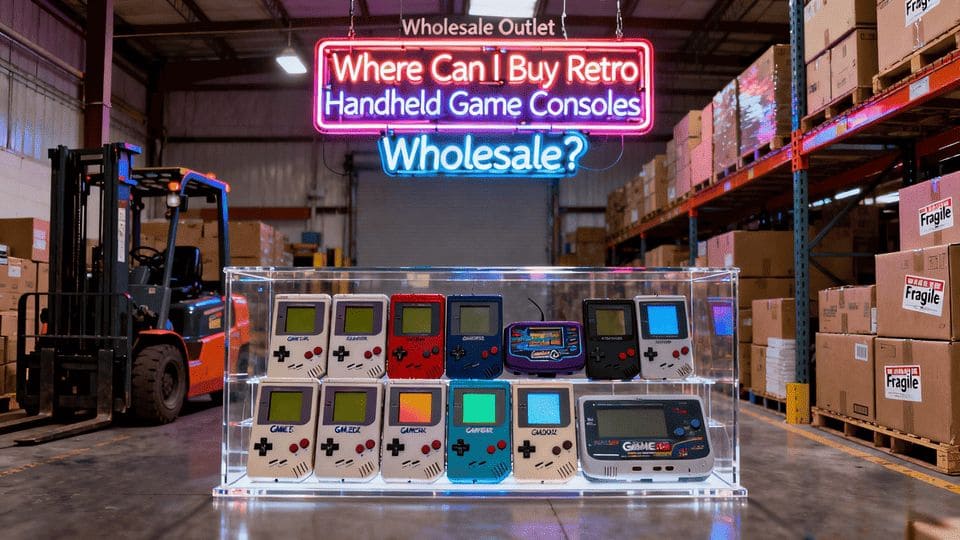
Where Can I Buy Retro Handheld Game Consoles Wholesale?
Looking for reliable wholesale retro handheld consoles? The market is flooded with options, but quality varies. Avoid cheap imitations and unstable supply chains—your business deserves

Is a Video Game Console the Best Gift for the New Year?
Phones replaced conversations during holidays. Game consoles bring families together again. Laughter fills the room as players compete on shared screens. Modern game consoles reconnect

Is it bad to give your child a game console as a gift?
Many parents worry about buying game consoles for kids. They fear it might harm their development. But is this fear justified? Let us explore the
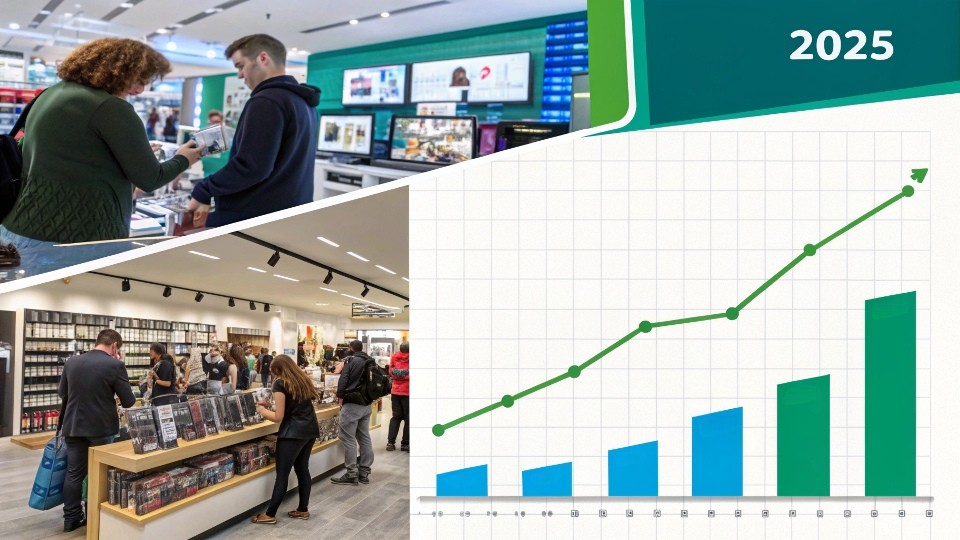
Offline Game Console Sales in 2025: Why Brick-and-Mortar Still Matters
Introduction While online sales are projected to account for 52.7% of global gaming console purchases in 2025, offline retail remains indispensable—especially for hands-on experiences, instant
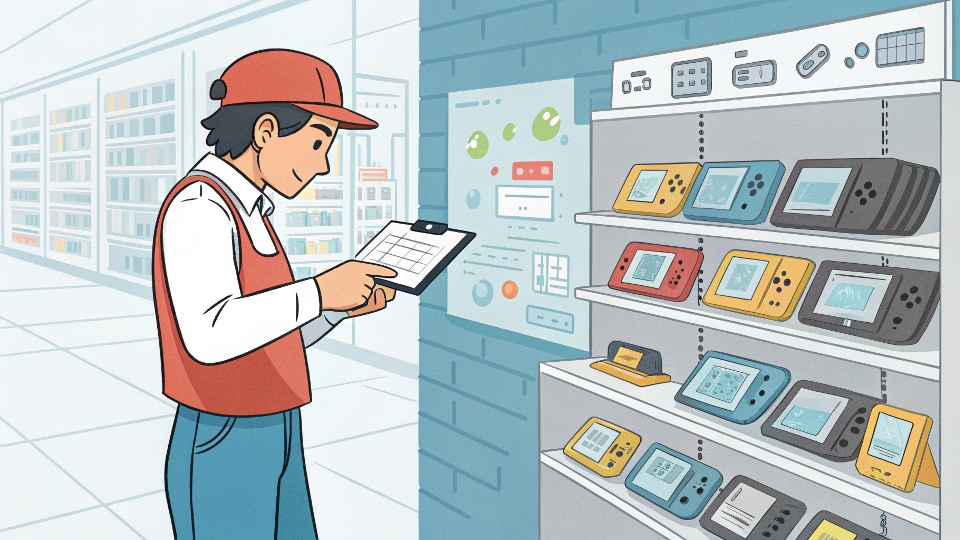
How to Choose the Right Wholesale Handheld Game Console for Your Store?
Starting a gaming retail business is exciting, but stocking the wrong consoles can lead to financial losses and unhappy customers. The key lies in smart





